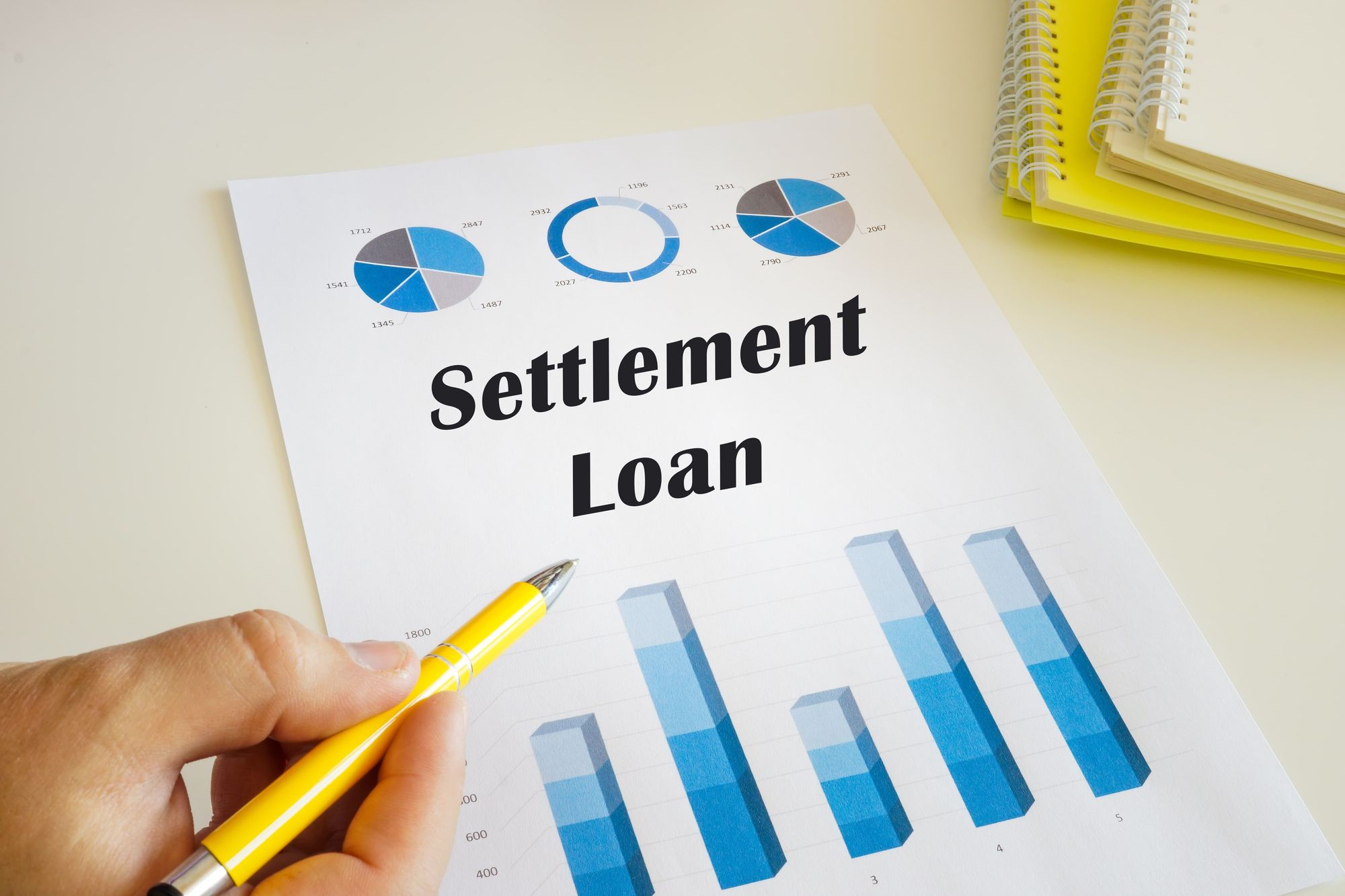When you’re struggling to keep up with loan repayments, it can feel overwhelming. For borrowers in such situations, loan settlement offers a way to manage outstanding debts, avoid legal complications, and regain financial stability. Loan settlement involves negotiating with the lender to pay a reduced amount, typically in a lump sum, that satisfies the debt.
The loan settlement process usually occurs in the following pattern.
- Assessing Your Financial Situation
Before pursuing loan settlement, evaluate your finances thoroughly. Review your income, expenses, assets, and liabilities. Determine if loan settlement is necessary and if you can arrange the necessary funds for a potential lump-sum payment.
- Initiating Contact with the Lender
Begin by reaching out to your lender. Be transparent about your financial situation and explain your inability to make regular payments. Lenders appreciate honest borrowers who make an effort to communicate. You can contact the lender directly or hire a professional debt settlement agency to represent you.
- Reviewing Eligibility and Documentation
Not all borrowers qualify for loan settlement. Lenders consider various factors, including:
- Financial hardship: Reasons like job loss, medical emergencies, or other hardships.
- Payment history: A track record of missed or delayed payments increases eligibility.
- Outstanding balance: Larger loan balances are often prioritized for settlement.
You will need to provide financial documents to support your claim of financial hardship. Gather all necessary documentation, such as pay slips, tax records, bank statements, and any other records that provide a clear picture of your current financial state.
- Negotiating the Settlement Terms
Once your eligibility is confirmed, you or your representative can begin negotiating with the lender. The goal is to agree on a lump sum that is lower than the total outstanding amount. This figure typically ranges between 40-60% of the loan balance but varies based on the lender’s policies, your financial circumstances, and how convincing your case is.
Lenders may agree to waive late fees and interest portions as well, but each case is unique. Be prepared for negotiations, as lenders aim to recover as much of the debt as possible.
- Setting Up a Payment Plan or Lump Sum Payment
After agreeing on a settlement amount, determine how you’ll pay. Generally, lenders prefer lump-sum payments, as it ensures quick closure of the account. If a lump sum isn’t possible, some lenders may allow installment-based settlement, but this can depend on factors like loan type and lender policies.
- Finalizing the Agreement
Once all terms are set, request a written agreement outlining the settlement amount, payment schedule, and any waived fees or interest. Review the agreement carefully to avoid any misunderstandings and ensure that it states the debt will be marked as “Settled” or “Paid as Agreed” upon completion. Retain a signed copy of this agreement for your records.
- Making the Payment
Ensure you make the payment according to the agreed terms. Keep records of every transaction, including receipts, bank transfers, or any form of documentation that confirms payment. A single missed payment could void the settlement agreement, so prioritize making payments promptly and in full.
- Ensuring Accurate Reporting on Your Credit Report
Once the payment is completed, the lender should update your credit report to reflect that the account has been settled. Be sure to check your credit report to confirm that it is marked accurately. If there are any discrepancies, contact the lender immediately and provide proof of the settlement.
- Post-Settlement Considerations
Loan settlement can impact your credit score negatively because it often means paying less than the full amount owed. Lenders may report the account as “Settled” rather than “Paid in Full,” which creditors could interpret as a red flag.
To rebuild your credit post-settlement:
- Pay future bills on time.
- Avoid taking on new debt immediately.
- Check your credit report regularly and work toward building a positive payment history.
Conclusion
The loan settlement process is a useful tool for borrowers facing financial hardship, offering a structured way to settle debt without going into default. By following this structured approach and maintaining open communication with the lender, you can navigate the settlement process with clarity and control. Remember, financial discipline and proactive steps post-settlement are crucial to rebuilding creditworthiness and achieving long-term financial well-being.Understanding each step of the loan settlement process equips you to make informed decisions and advocate for the best possible outcome with your lender.
Get in touch with us today at www.Settleloan.in and embark on your path to financial freedom



